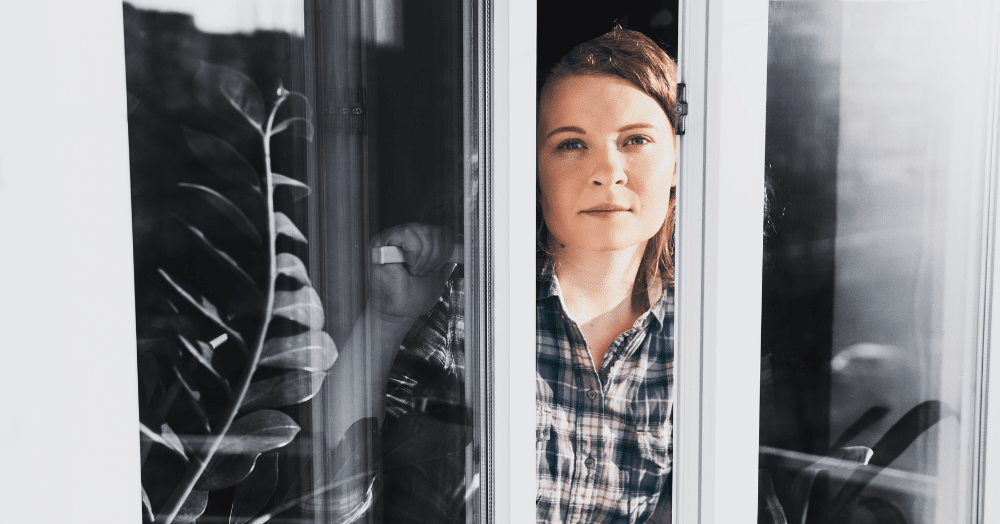Damp and mould in rental properties aren’t just cosmetic issues—they pose serious health risks. UK regulations ensure landlords provide habitable homes, addressing these problems promptly. This blog explores the legal responsibilities of landlords and tenants, plus practical tips for preventing and managing damp and mould.
Damp and mould are more than just unsightly problems – they can have significant health implications, particularly for individuals with respiratory conditions, allergies, or weakened immune systems. Damp and mould issues in private rental properties have been subject to increasing regulation to protect tenants and ensure landlords meet certain responsibilities.
As a tenant or landlord, understanding your rights and responsibilities when it comes to damp and mould is crucial. In this blog, we will explore the regulations, the responsibilities of both landlords and tenants, and how damp and mould can be prevented in private rental properties.
What Are the Regulations?
The legal framework governing damp and mould in rental properties primarily revolves around:
The Landlord and Tenant Act 1985: Under this act, landlords are responsible for keeping the structure and exterior of the property in good repair. This includes addressing issues like rising damp, broken roofs, or poorly sealed windows that can contribute to damp and mould growth.
The Homes (Fitness for Human Habitation) Act 2018: This act, which applies to both new and existing tenancies, ensures that rental properties must meet certain standards to be considered fit for human habitation. Damp and mould are key factors considered under this legislation. If a property is found to be uninhabitable due to such issues, the tenant can take legal action against the landlord.
Housing Health and Safety Rating System (HHSRS): Local councils use the HHSRS to assess health and safety risks in residential properties, including damp and mould. If a council finds that a property poses a significant risk due to mould or damp, they can issue a notice to the landlord to carry out repairs or improvements.
Landlord Responsibilities
Landlords in the private rental sector have specific duties when it comes to maintaining a safe and habitable environment for tenants when referring to damp and mould.
Landlords must ensure the building’s structure is free from leaks, rising damp, or structural faults that might allow moisture to enter. This includes fixing broken roofs, cracked walls, and unsealed windows.
Landlords should provide adequate ventilation systems (like extractor fans) in areas prone to moisture, such as kitchens and bathrooms. Ensuring the heating system works effectively is also vital, as proper heating reduces the risk of condensation, one of the main causes of mould.
Be aware that extractor fans are NOT a legal requirement for rental properties. However, if the bathroom does not have na window can can be opened, it is a legal requirement for an extractor fan to be fitted.
If a tenant reports damp or mould, the landlord is responsible for addressing the issue promptly. Ignoring or delaying repairs can lead to health risks for tenants and potential legal action.
Regular property inspections can help landlords spot early signs of damp and mould before they become a bigger problem. Checking for leaks, ensuring proper drainage, and clearing gutters are examples of proactive maintenance.

Tenant Responsibilities
While landlords carry the bulk of legal responsibility for ensuring properties are free from damp and mould, tenants also have roles to play in prevention and maintenance.
In the majority of cases, simply ventilating the property is enough to prevent ongoing issues. Opening windows and using extractor fans when cooking or bathing can help reduce moisture levels, preventing condensation from forming. Proper ventilation is crucial, particularly in rooms that generate significant moisture.
Keeping the property at a steady temperature helps prevent condensation. Tenants should use heating systems as intended, avoiding prolonged periods of cold inside the home.
Tenants must inform their landlords about any signs of damp, leaks, or mould as soon as they notice them. Delays in reporting can exacerbate the problem and make it harder to address.
Tenants should also ensure that vents remain unblocked and that furniture is not placed too close to walls, allowing for airflow. Blocked drainage systems should be reported to the landlord for proper maintenance.
Preventing Damp and Mould
Preventing damp and mould in rental properties requires a combination of good maintenance and tenant practices. Adopting some simple strategies ensure that prevention is better than cure!
As already stated, ventilation is the primary weapon. Installing and maintaining extractor fans in kitchens and bathrooms, as well as encouraging tenants to open windows, can significantly reduce moisture levels. Ventilation is key to controlling condensation, which can lead to mould growth.
Landlords or their agents should conduct regular property inspections, looking for leaks, water ingress, and structural damage. This allows for early intervention before moisture problems spiral out of control and lead to expensive, time consuming repairs.
Proper insulation keeps a property warm, reducing condensation. Double glazing, cavity wall insulation, and loft insulation can all help to maintain consistent indoor temperatures and prevent damp. This is an important thing to look for when both looking for a property to rent for tenants and choosing an investment property for landlords.
In particularly humid environments, dehumidifiers can help reduce moisture levels in the air. These can be a worthwhile investment for tenants in properties prone to excess moisture.
What If Damp and Mould Persist
If damp and mould persist despite efforts to prevent and address the issue, tenants have several options. First, they should contact their landlord or letting agent in writing, outlining the issue and any health concerns. If the landlord fails to respond or resolve the issue, tenants can take action.
Contacting the local council will often result in them inspecting the property under the HHSRS and issue an enforcement notice requiring the landlord to make necessary repairs. Tenants may also be able to take legal action under the Homes (Fitness for Human Habitation) Act 2018 if the property is deemed unfit due to persistent damp and mould.
Conclusion
Damp and mould in rental properties are serious issues that can affect both the quality of the property and the health of its occupants. Regulations ensure that landlords have a responsibility to provide safe, habitable homes, and tenants have rights to live in a property free from such hazards.
Unless there is something more sinister going on with the property, adequate ventilation will prevent the problem occuring and, through a cooperative approach, both parties can ensure that damp and mould are kept at bay, promoting a healthier living environment for all.
If you wish to discuss anything with us, please don’t hesistate to contact either myself or my team.







